Subtribe Livistoninae Scientific name Serenoa repens Rank Species | Tribe Trachycarpeae Genus SerenoaHook.f. Higher classification Serenoa | |
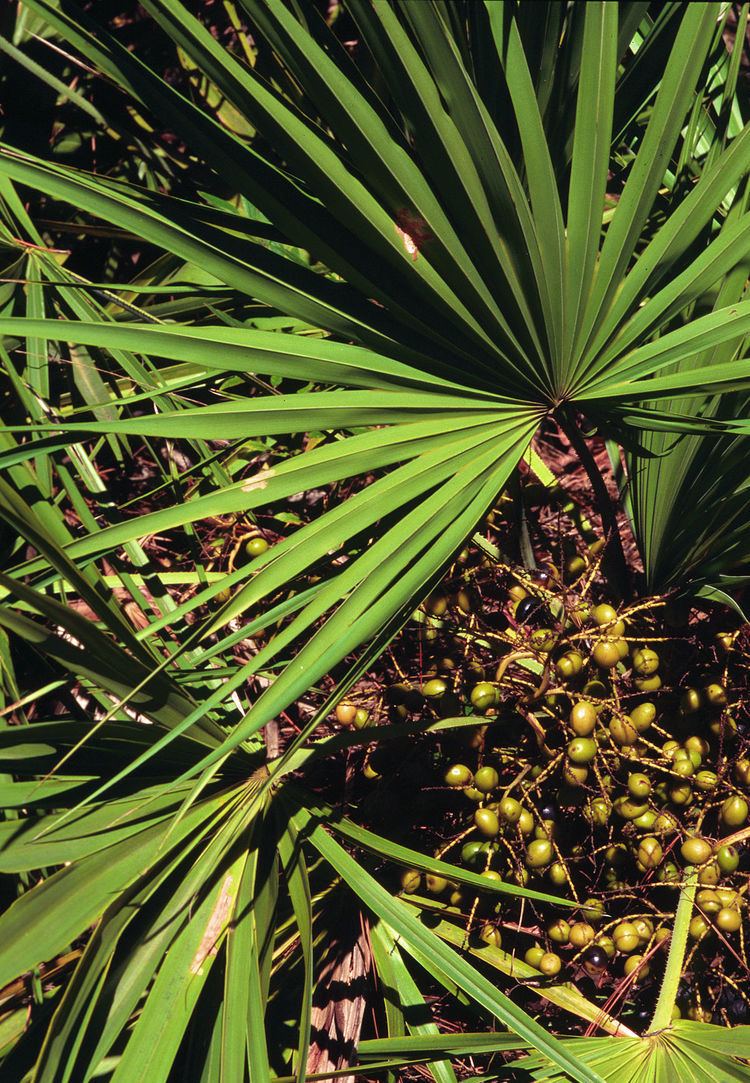 | ||
Similar Sabal, Common Nettle, Bindii, Palm trees, Barrenwort | ||
Serenoa repens, commonly known as saw palmetto, is the sole species currently classified in the genus Serenoa. It is a small palm, growing to a maximum height around 7–10 ft (2–3 m). It is endemic to the subtropical Southeastern United States, most commonly along the south Atlantic and Gulf Coastal plains and sand hills. It grows in clumps or dense thickets in sandy coastal areas, and as undergrowth in pine woods or hardwood hammocks.
Contents
- Serenoa repens saw palmetto problemas de prostata baja pca mejora desempe o sexual
- Description
- Medical use
- Ethnobotany
- References
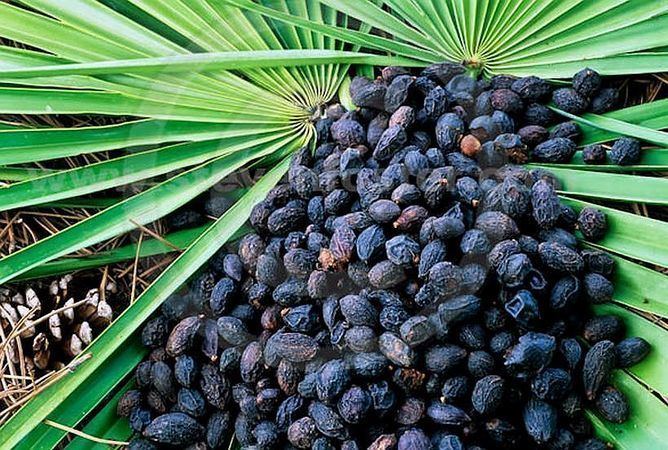
Serenoa repens saw palmetto problemas de prostata baja pca mejora desempe o sexual
Description

Erect stems or trunks are rarely produced, but are found in some populations. It is a hardy plant; extremely slow-growing, and long-lived, with some plants, especially in Florida possibly being as old as 500–700 years.
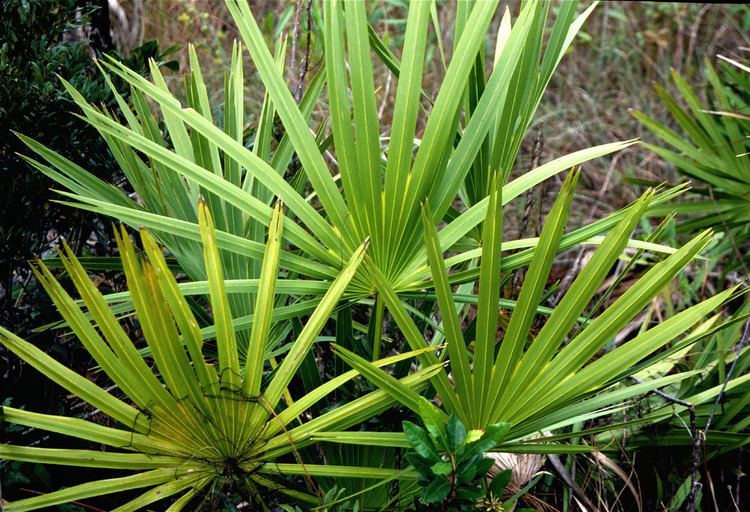
Saw palmetto is a fan palm, with the leaves that have a bare petiole terminating in a rounded fan of about 20 leaflets. The petiole is armed with fine, sharp teeth or spines that give the species its common name. The teeth or spines are easily capable of breaking the skin, and protection should be worn when working around a saw palmetto. The leaves are light green inland, and silvery-white in coastal regions. The leaves are 1–2 m in length, the leaflets 50–100 cm long. They are similar to the leaves of the palmettos of genus Sabal. The flowers are yellowish-white, about 5 mm across, produced in dense compound panicles up to 60 cm long. The fruit is a large reddish-black drupe and is an important food source for wildlife and historically for humans. The plant is used as a food plant by the larvae of some Lepidoptera species such as Batrachedra decoctor, which feeds exclusively on the plant.
The generic name honors American botanist Sereno Watson.
Medical use
S. repens extract has been researched into treatment for people with prostate cancer. However, according to the American Cancer Society, "available scientific studies do not support claims that saw palmetto can prevent or treat prostate cancer in humans".
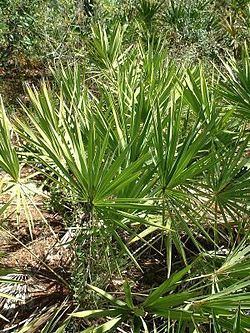
A meta-analysis by the Cochrane Collaboration found that saw palmetto berry extract given therapeutically, even at double and triple doses, did not improve urinary flow or improve the prostate gland size in men with benign prostatic hyperplasia (BPH). Early meta-analyses of clinical trials S. repens extract in the treatment of BPH concluded that saw palmetto extract is safe and effective for mild-to-moderate BPH compared to placebo, finasteride, and tamsulosin. Two larger trials found the extract to be no different from placebo.
Ethnobotany
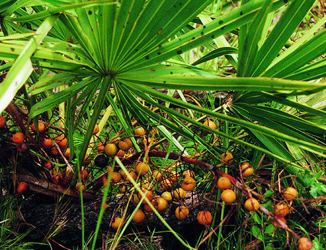
Indigenous names are reported to include: tala (Choctaw); cani (Timucua); ta ́:la (Koasati); taalachoba ("big palm", Alabama); ta:laɬ a ́ kko ("big palm", Creek); talco ́:bˆı ("big palm", Mikasuki); talimushi ("palmetto's uncle", Choctaw), and guana (Taino, possibly). Saw palmetto fibers have been found among materials from indigenous people as far north as Wisconsin and New York, strongly suggesting this material was widely traded prior to European contact. The leaves are used for thatching by several indigenous groups, so commonly so that a location in Alachua County, Florida, is named Kanapaha ("palm house"). The fruit may have been used to treat an unclear form of fish poisoning by the Seminoles and Bahamians.
